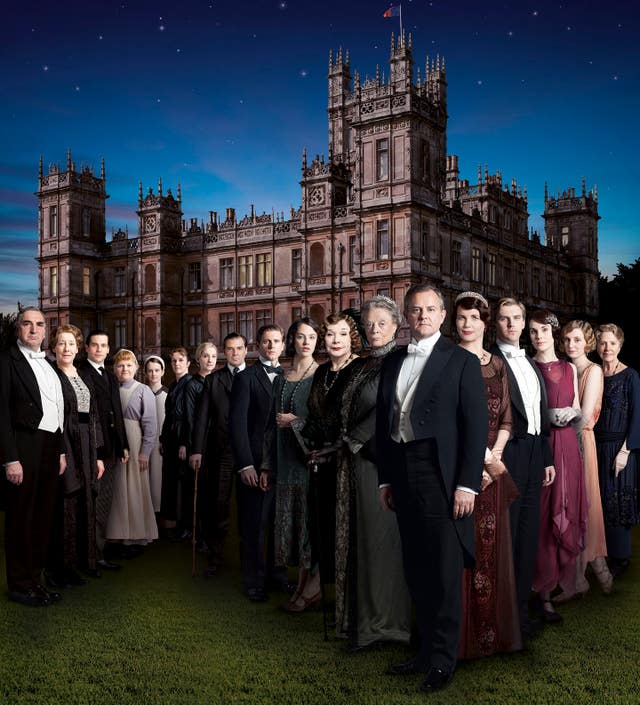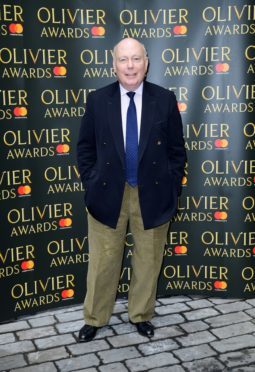Downton Abbey’s Dowager Countess of Grantham will appear as a younger woman in Julian Fellowes’ new US period drama The Gilded Age, he has said.
Lord Fellowes, who created Downton Abbey and who is now working on his new series set in New York in the 1880s, said he believes the beloved character’s guest appearance will be an amusing addition.
He told The Sunday Telegraph: “It might be quite fun to have a young Violet getting into trouble, and her son, Robert, and daughter, Rosamund, who would be in their early teens in the 1880s.”

Dame Maggie Smith played Violet Crawley, Dowager Countess of Grantham in the hit ITV series, with Hugh Bonneville as her son Robert, Earl of Grantham and Samantha Bond as her daughter Lady Rosamund Painswick.
US network NBC this week confirmed The Gilded Age will hit screens next year.
The 10-part series is based 30 years before Downton Abbey, which told the story of the aristocratic Crawley family from 1912 until 1926, and will focus the American elite in the US city.
Lord Fellowes said: “It’s about a society forming itself out of two disparate groups; the old New York families and the people with new money.
“One family thinks they are much grander than the other, and the other knows they are much richer. Between the two of them they fight it out.”
He said he will research heavily while writing the programme, in order to get the ideal blend of fictional characters against the backdrop of real events.
Are you ready to enter #TheGildedAge? Coming soon to @NBC. https://t.co/y1TeNUSxUt
— The Gilded Age (@NBCGildedAge) January 31, 2018
“I will get a list of what happened in the world in 1881, then 1882, but particularly what happened in America,” he said.
“It will say that this was invented then, or they were all eating this, or the battle of something or other happened then. It’s a way of giving texture to the show.”
Lord Fellowes added: “There were Irish, German, Italian immigrants and a large Jewish community. Everyone was pouring into America.
“I certainly intend to take advantage of that in telling the stories.”
Downton Abbey became a success in the UK and in the US, enjoying a six-series run from 2010 until 2015, winning a collection of prestigious awards across the world, including Emmys, Golden Globes and a TV Bafta.
